(kominka in snow)
* Foreigners can buy a property in Japan without having special qualification.
Do you want to be close to beautiful Japanese mountain with your pet ? Or you love skiing ? Want to spend your weekend in real Zen(禅) surroundings with onsen(hot spring 温泉) within 15 mins drive ? Living in kominka could be a good choice.
The term kominka (古民家)refers to traditional Japanese houses, especially ones built a long time ago.
Kominka are not defined by the period they were built or how old they are, but usually the term is used when referring to houses built before the World War II, and especially to those built before the Taisho Period.
We have recently made the strategic collaboration agreement with a renowned kominka renovation specialist(工務店) in Nagano prefecture.We will find an appropriate kominka for the investors or conventional home buyers and renovate outside and inside the house into the pristine condition. We have a list of 100+ kominka properties for sale/rental.
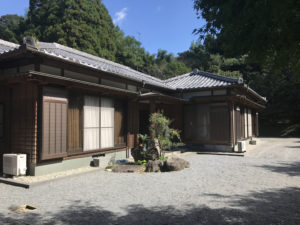
(kominka)
If you want to buy kominka, it is essential to pay attention to what you are doing as you purchase a very unique Japanese traditional house. You want to get this right.
Background
Recently in Japan the rationality and durability of the traditional Japanese construction methods using wood as the main material are being looked at again and there have been an increasing number of attempts to preserve kominka on the verge of demolition.
Meanwhile, groups of Traditional Buildings (伝統的建造物群) is a Japanese category of historic preservation introduced
by a 1975 amendment of the law which mandates the protection of groups of traditional buildings which,
together with their environment, form a beautiful scene.
They can be post towns, castle towns, mining towns, merchant quarters, ports, farming or fishing villages.
The Japanese government’s Agency for Cultural Affairs recognizes and protects the country’s cultural properties
under the Law for the Protection of Cultural Properties.
Municipalities can designate items of particular importance as Preservation Districts for Groups of Traditional Buildings
(伝統的建造物群保存地区) and approve measures to protect them.
Items of even higher importance are then designated Important Preservation Districts for Groups of Traditional Buildings
by the central government.
The Agency for Cultural Affairs then provides guidance, advice, and funds for repairs and other work. Additional support is given in the form of preferential tax treatment. As of May 18, 2018, 118 districts have been classified as Important Preservation Districts for Groups of Traditional Buildings.
Needless to say, to make kominka keep up the modern living standard, Kominka usually require a lot of renovation work,
and renovating kominka house requires the fine skill of special craftsmen, daiku (大工).
Often you encounter the situation where you cannot find the replacement for some parts and the procurement cost for the similar parts can be expensive.
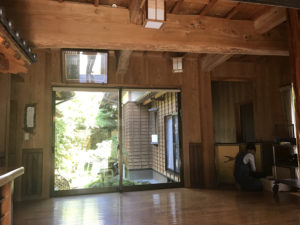
(inside kominka)
Take a look at what you should know when buying kominka house
1.You may want to change the floor plan completely
In the old kominka, usually the Japanese style tatami (畳)rooms are connected right next each other. And between the rooms, it is often partitioned by only FUSUMA (襖)slide (sliding door) or SHOJI(障子) screens. This type of traditional layout is very difficult to use as a modern private room. For renovation, you need to think about the everyday traffic of your family. The layout for the bathroom and toilet is usually most important aspect. You may want to two rooms into one room to make spacious Living dining kitchen.
2 Please maintain the good old Japanese taste
Please leverage the unique taste of old Japanese folk house, such as beams and pillars.
Kominka often uses the beautiful Japanese cypress for pillars. Traditionally Japanese cypress (hinoki, 檜) cut
has been used to build the ancient temples in Nara and Kyoto etc.
In kominka houses, there are cases where you are using valuable old woods, called koboku (古木)that can not be obtained now, such as beams and pillars. It is sometimes necessary to replace the damaged beams and pillars over a long period of time, to reinforce them with metal hardware. But at the renovation of kominka houses, it is highly recommended to keep existing beams and pillars to design traditional taste.
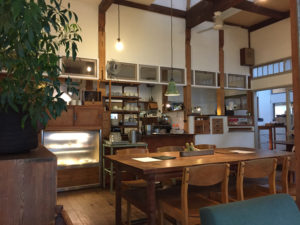
(Kominka cafe)
3 Check the earthquake resistance so that you can live with peace of mind in the future
Many of the old kominka houses are not meeting the modern earthquake-resistant standard 1981. The current Japanese resistance measures are based on the quantity of the walls and kominka do not have many walls (They have Shoji and Fusuma) However, on the other hand, there is also a track record that it has not collapsed for 80 years or 100 years. The house of an ancient Japanese architecture has the concept of “letting the earthquake escape” (quake-absorbing structure). Once the earthquake happens, the houses also shake to withstand the earthquake. Horyuji temple(法隆寺) in Nara was built about 1300 years ago and never collapsed since then.
The temple’s pagoda is widely acknowledged to be one of the oldest wooden buildings existing in the world. Experts can decide which is better between the old method and the modern method. Please do not jump to conclusion that because it is an old kominka, the earthquake resistance is low. In broad term, most of kominka are built with a so-called “flexible structure,”(柔構造), a device which makes high-rise buildings earthquake-proof in even modern era. However, if you are uneasy, it is recommended to see experts such as kominka inspectors(kominka kanteishi, 古民家鑑定士). In order to increase the earthquake resistance, you can put braces and increase the load bearing wall. Also, as roofs and foundations may be rotten by moisture or pillars could be damaged by termites, it is also necessary to inspect these potential problems.
4. Increase insulation
Perhaps this is the most important point. In the kominka house, the windows are very wide and large so it is cool in summer. You can enjoy the nice breeze inside the house feeling the wind passes through the building. You can manage hot and humid Japanese summer ! But the problem is cold winter. It is a kind of common knowledge that the winter can be tougher to live in kominka than summer. Insulation performance can be improved by using the double glazed glasses and putting insulation under the floor, or above the ceiling. But you keep the original Japanese layout of kominka, basically all the space is connected with a square type layout. The ventilation is good but the because the number of inside walls is limited it difficult to find the places to put insulation. Any way, you need to improve air tightness and heat insulation so that the warm air inside the house will not escape. It is recommendable to discuss and decide how to control heat insulation, kind of insulation and method you should use with your construction company.
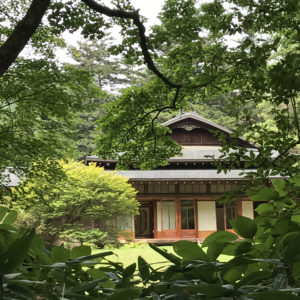
(kominka)
5. Barrier-free
If you consider buying a home specifically for retirement. Your needs and desires for a house can be a lot different at 60. Your kids are probably gone. Consider barrier-free approach. Especially when you are living with your parents, it is essential to think about elimination of bumps and installation of handrails. Specifically, for a long-term view, wide pathways are much easier to go around with a wheelchair, including hallways and bathrooms.
6. Good deal ? : Kominka with farmland
In rural areas, many komina are owned by the local farmers. Japan’s farmland is strictly regulated by the farmland law. And, because a lot of kominka are situated in the rural areas and owned by farmers, often kominka properties are sold with farmland right. The farmland is usually very large, certainly large enough to feed your family ! In Japan, you need the permit to buy the farmland with certain size. When you want to purchase the farmland, you need to get permit from your local agricultural affairs committee. (nougyou iinkai, 農業委員会).The committee does not issue the permit for ones who want to start farming as their hobby. In other words, if you want to buy the farmland, you must become a professional farmer. I know it sounds insane but it is what it is. Technically If you do not plan to farm in your property, you can also temporarily register (temporary because you are not farming for the time being) and preserve your title rights. Or buy kominka part (inhabiting part) only and rent the farmland part of the property from the owner at very cheap rate for hobby farming. The farmland in Japan is extremely affordable, you can buy the farmland of 1000 square meters for 1 million yen to 1.5 million yen (U$10,000-U$15,000)
Final thoughts
With the help of a reliable real estate agent and an experienced kominka renovation specialist, you can make a move or two. All kominka houses have some flaws, and your job is not finding 100% problem free kominka but know what you are buying.If you want to know more about our new venture, please let us know through
contact us.
Our service (consulting)
(1)KOMINKA service / For people who want to live in Kominka (for own use or investment)
We can find an appropriate kominka property for you.
If you require the renovation (most probably you will), we will work with our
partner (builder) who specialize in renovating kominka with special skills.
Consulting includes finding a property, produce the renovation plan, financing, real estate transaction
Main area we cover : Nagano, Niigata, Chiba. (Fee 800,000 yen per deal)
(2) ICHIKU service/ For people who want to live in kominka but want to live in the specific location such as Kamogawa, Atami, Izu
We can also offer you ichiku (移築)service.
Ichiku means ‘dismantling and tranferring’ kominka from one place to another.
The existing kominaka will be used as a new building and moved to the location you want (Please ask the fee as it depends on your needs)
(3) KOMINKA and HOTEL service/For people who want to live in kominka and run the private lodging.
We can find an appropriate kominka property for you and
support in getting the hotel license (kani-shukihakusho, 簡易宿泊所) so that your property will can officially operate as a hotel.
If you require the renovation (most probably you will), we will work with our
partner (builder) who specialize in renovating kominka with special skills. (Please ask the fee as it depends on your needs)
P.S.
Price range of kominka properties : It highly depends on the size and the condition of each kominka. We cater for the needs and wants of each customer.
We are actively seeking kominka properties between 40 million yen(U$400,000) and 200 million yen(U$2 million) (price after the full renovation)
The following photos are from two properties we are currently working.
One is in Hakuba village in Nagano prefecture and anther one is in Joetsu city in Niigata prefecture.
1. Property in Hakuba village(白馬村) in Nagano prefecture.
Hakuba village 長野県北安曇郡白馬村(Google map)
Very close to renowned ski resorts, Hakuba area. 4 hours drive from Tokyo or 2.5 hours by bullet train from Tokyo to Nagano station and then about 1 hour bus ride from Nagano station. Approx. 150 years old
*****
Beautiful Hakuba village official video (about 1min 40sec)
Hakuba village official video 2
(Hakuba in Summer)
(Hakuba in summer)
2. Property in Joetsu city (上越市)in Niigata prefecture
Joestu city 新潟県上越市安塚区 (Google map)
Very close to renowned ski resorts in Niigata.
3.5 hours drive from Tokyo or 2 hours bullet train from Tokyo to Joetsu Myoko station.
Niigata is well-known for hundreds of nice Japanese sake (日本酒)brands.
Approx 100 years old
*****
Joetsu city PR video. Nice ! (12 min)
(Joetsu Ski resort)
(Joetsu Matsugamine)
Links
Could timber skyscrapers rise across Asia Pacific?(JLL article)
Our Consultation Service
Spot consultation is available for those who are interested in buying an old Japanese property.
Spot consultation fee starts from 50,000 yen per two hours (plus tax). Consultation over Internet telephone is possible for those who are distant from Tokyo.
We provide the following consulting service for akiya investment as well.
1) Akiya search service
100,000 yen (plus tax) per project. We will look for an appropriate akiya for you.
It requires time consuming process.
Finding a good akiya is not as easy as you might think.
If you buy a wrong property in a wrong location, your investment could be a disaster.
We will not search akiya for free.
If you are seriously interested in buying a Japanese old house, please contact us.
Toshihiko Yamamoto
Real estate investing consultant and author.
Founder of Yamamoto Property Advisory in Tokyo.
International property Investment consultant and licensed
real estate broker (Japan).
He serves the foreign companies and individuals to buy and sell
the real estates in Japan as well as own homes.
He holds a Bachelor’s degree in Economics from
Osaka Prefecture University in Japan
and an MBA from Bond University in Australia
Toshihiko’s book, “The Savvy Foreign Investor’s Guide to Japanese Properties: How to Expertly Buy, Manage and Sell Real Estate in Japan”is
now out on Amazon, iBooks (iTunes, Apple) and Google Play.
About the book
Amazon.com Link
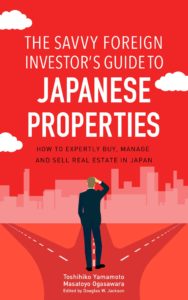

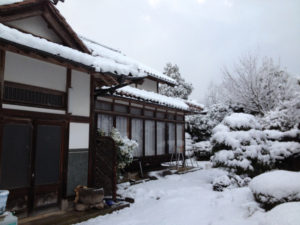
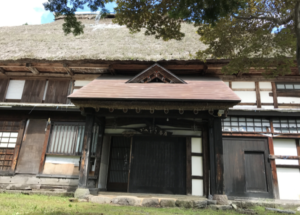
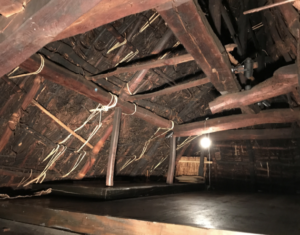
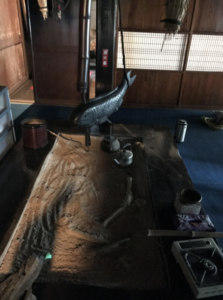
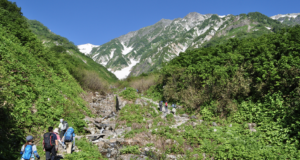
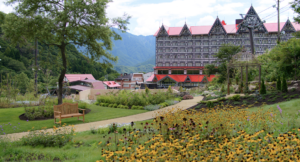
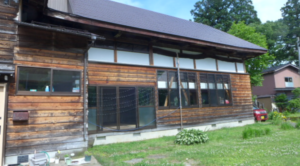
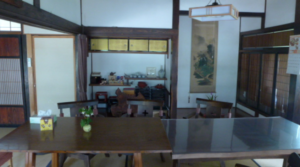
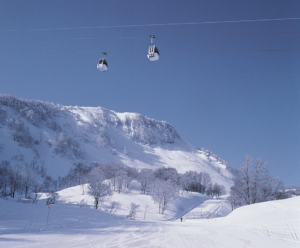
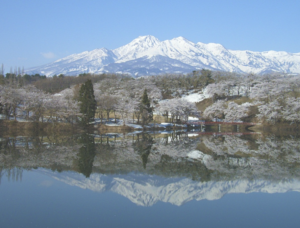
1 comment for “Are you interested in buying kominka (traditional Japanese folk house, 古民家)in Japan ?: Tips for buying and renovating kominka”